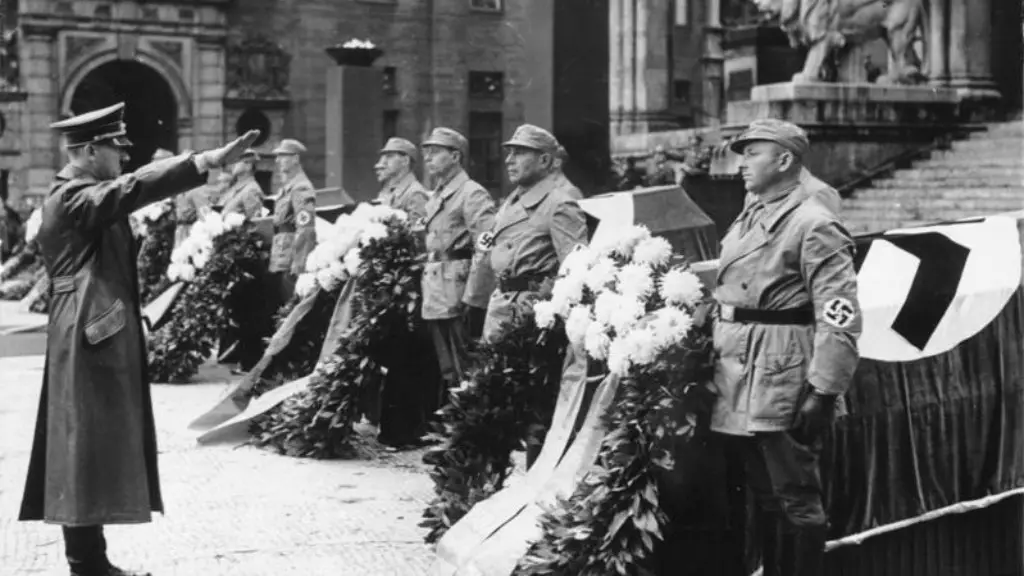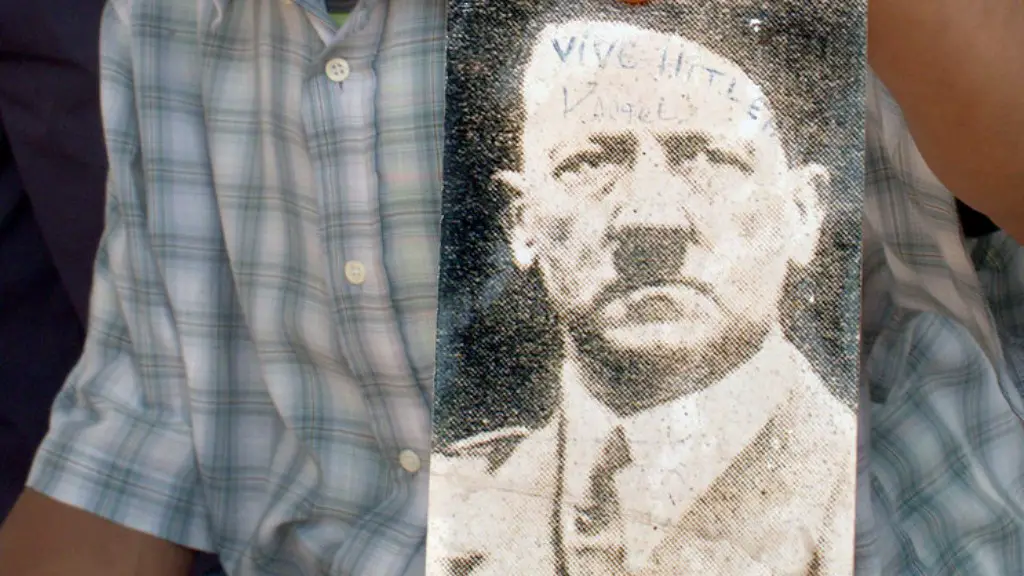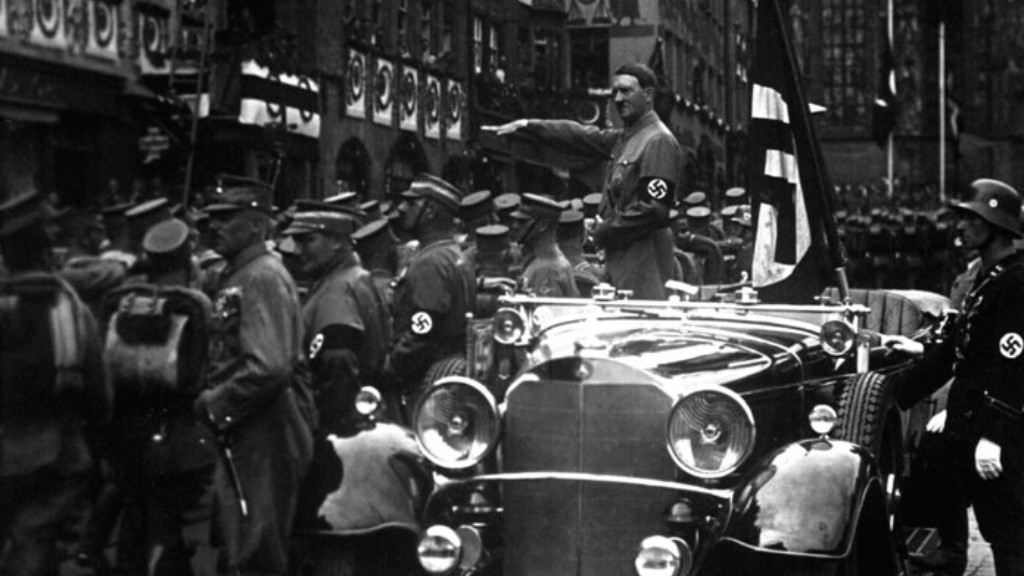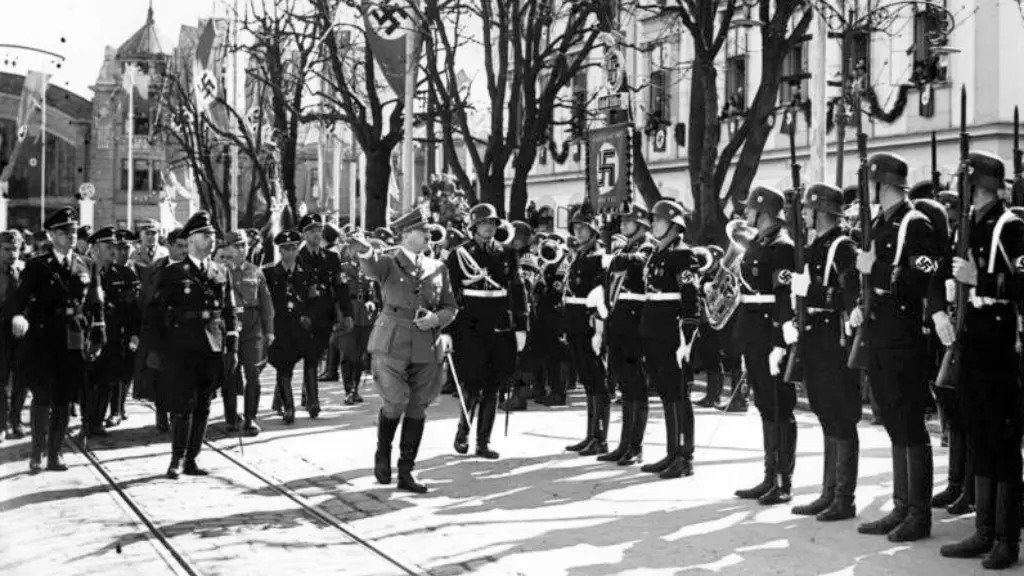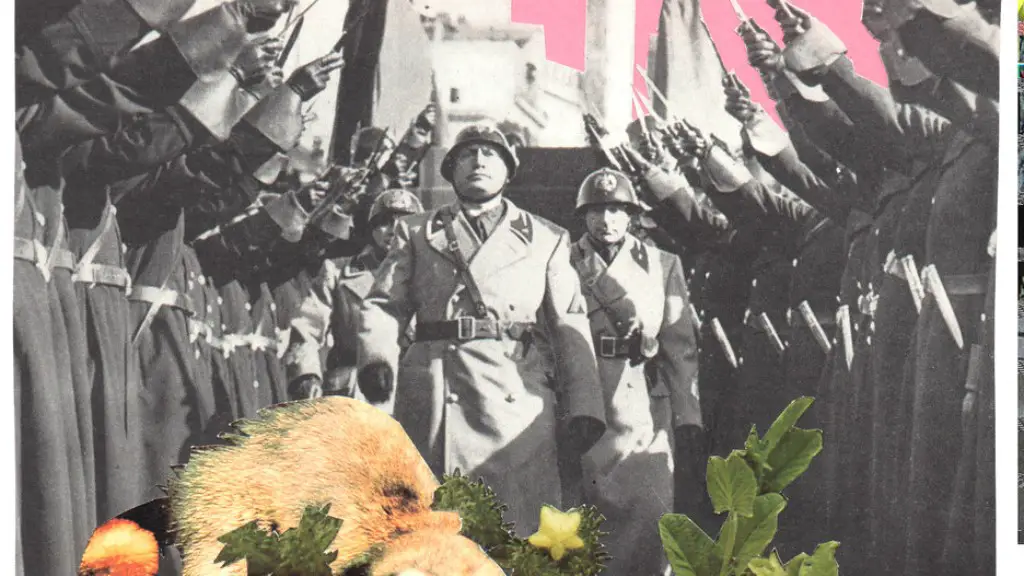Many people know Adolf Hitler as the face of evil and hate. He was responsible for the Holocaust, which is one of the worst things to happen in human history. What many people don’t know is how he was actually able to rule.
Adolf Hitler was a master of propaganda and knew how to use it to his advantage. He was also a very effective speaker, which helped him win over the German people. He was also a skilled politician and was able to manipulate people and situation to his benefit.
All of these skills helped Adolf Hitler stay in power for as long as he did. Even though he was ultimately responsible for the death of millions of people, he was still able to rule effectively for many years.
Adolf Hitler personally made all the important decisions affecting his nation and his military during World War II. He relied heavily on his top military leaders and political advisors for information and guidance, but he always reserved the right to make the final decisions. He was an excellent communicator and often gave rousing speeches to his people to keep them motivated and inspired. He also made full use of propaganda to control the population and maintain power. Hitler was a master manipulator and was able to effectively use the media, public opinion, and intimidation to get what he wanted. He was a ruthless dictator who would stop at nothing to achieve his goals.
What was Hitler’s strategy?
Blitzkrieg was a German military strategy during World War II that relied on quick and sudden attacks to overwhelm opponents. The strategy was first used during the Invasion of Poland in 1939, and it was successful in defeating the Polish forces. The blitzkrieg strategy was later used during the invasions of France, Belgium, the Netherlands, and other countries. The blitzkrieg strategy was successful in defeating the enemy forces and allowed Germany to occupy many countries in a short period of time.
The Generalplan Ost was the Nazi German government’s plan for the genocide and ethnic cleansing of millions of people in Central and Eastern Europe. The plan was to kill or deport all Slavic peoples from the area, as well as Jews and other minorities. The Nazi government hoped that by doing this they would create a “Greater Germany” that would be free of all non-German peoples.
What was Hitler’s main aims
Adolf Hitler came to power with the goal of establishing a new racial order in Europe. This goal drove Nazi foreign policy, which aimed to: throw off the restrictions imposed by the Treaty of Versailles; incorporate territories with ethnic German populations into the Reich; and acquire “living space” for the German people. The Nazi regime’s treatment of Jews was central to its goal of racial purity, and ultimately culminated in the Holocaust.
The German Army used a combined force of tanks, motorised infantry, and artillery to penetrate an opponent’s defences on a narrow front, bypassing pockets of resistance and striking deep into enemy territory. The German Air Force (Luftwaffe) provided close air support, bombing key objectives and establishing local air superiority. This strategy was successful in defeating the opponent’s defences and allowed the German Army to advance into enemy territory.
What was Germany’s plan for Russia?
Adolf Hitler’s “Lebensraum” policy, as expressed in his book “Mein Kampf,” was to forcibly remove the Russian inhabitants from their homes and land, and either expel them beyond the Ural mountains or exterminate them entirely. This policy was part of Hitler’s larger plan to create a “Greater Germanic Reich” that would dominate Europe and the world.
The plan was never put into action, but it was developed enough that, had the Battle of Britain gone differently, it could have been executed. The operation was postponed indefinitely after the British victory in the Battle of Britain.
Who started World War 11?
The Second World War was a global conflict that lasted for six years, from 1939 to 1945. It was sparked by the Nazi invasion of Poland in 1939 and eventually drew in the major powers of the world, including the United States, the Soviet Union, China and Japan. The war was fought on a number of fronts, including the Western Front in Europe, the Eastern Front in Europe, the Pacific Front in Asia and the Mediterranean Front. Ultimately, the Allies emerged victorious, defeating the Axis powers of Nazi Germany, Japan and Italy.
Hitler’s three main goals in his foreign policy were to revise the Treaty of Versailles, unite all German-speaking people into one Reich, and expand eastwards to achieve Lebensraum. While he was ultimately unsuccessful in achieving these goals, they nonetheless shaped much of his foreign policy decisions and actions during his time as Chancellor of Germany.
What were the causes of ww2
The major causes of World War II were numerous. They include the impact of the Treaty of Versailles following WWI, the worldwide economic depression, the rise of militarism in Germany and Japan, the failure of the League of Nations, and the failure of appeasement. All of these factors led to the outbreak of war in 1939.
September 1939 saw the Allies, made up of Great Britain, France, and Poland, at a disadvantage. The German Army, or Wehrmacht, was better equipped, trained, and disciplined, making it a more formidable fighting force. However, the Allies had more industrial resources, population, and military manpower, which evened the playing field somewhat. In the end, it was the Wehrmacht’s fighting spirit that won them the day.
Who was the most powerful country after ww2?
The United States played a leading role in the creation of the United Nations in 1945 following World War II. As a result, the country emerged as the primary economic standard bearer for the postwar world. The International Monetary Fund would oversee the maintenance of this new global economic system. However, the United States and the dollar would be the primary drivers of growth and stability.
The devastation wreaked by World War II was immense, both in terms of human lives lost and physical damage done. Approximately 69 to 75 million Germans were killed in the conflict, representing 826 to 886% of the population. This included a large number of civilians, as the country’s cities were heavily bombed in the closing stages of the war. Agricultural production was also badly affected, plunging to just 35% of pre-war levels. The country would take many years to recover from the carnage of the war.
Why did Germany want to fight Russia
Hitler’s expansion eastwards was motivated by his desire for Lebensraum for the German people. He saw the Soviet Union as a major obstacle to this goal, and so he ordered plans to be drawn up for its invasion. Hitler hoped to destroy the Soviet regime and establish Nazi hegemony in its place.
At Hitler’s request, German planners outlined how, after the fall of France in 1940, Germany would outright annex a large strip of Eastern France and return to France’s late medieval borders with the Holy Roman Empire. This would have put France in a very difficult position, as it would have been almost completely surrounded by German territory. Fortunately, this plan was never carried out and France was able to retain its independence.
Why did Germany ally with Russia?
The Dual Alliance led to Russia and Germany agreeing to support each other militarily if either nation was attacked by France or Austria. This treaty helped keep the peace in Europe for many years.
It is often said that Winston Churchill’s rhetoric was what boosted British morale in the face of a Nazi invasion in 1940. While it is true that Churchill’s rhetoric was very important, it was not the only factor that contributed to British morale. The Royal Navy and the Royal Air Force also played a very important role in making it impossible for the Nazis to cross the channel.
Conclusion
Adolf Hitler’s rule was based on a totalitarian dictatorship. He controlled all aspects of the government, the economy, and the media. He used propaganda to control the population and to keep them compliant. He also used violence and terror to suppress any opposition to his rule.
Adolf Hitler ruled the Nazi party with an iron first. He believed in a strict hierarchy within the party and demanded complete loyalty from all members. He was a skilled speaker and was able to use his charisma to win over the support of the German people. Hitler was a tyrannical ruler and his rule led to the death and suffering of millions of people.
